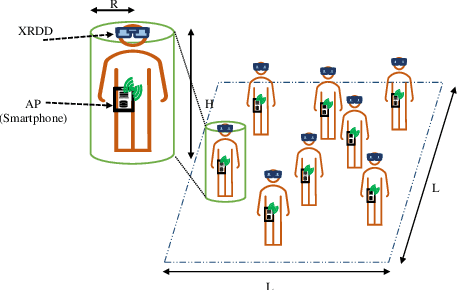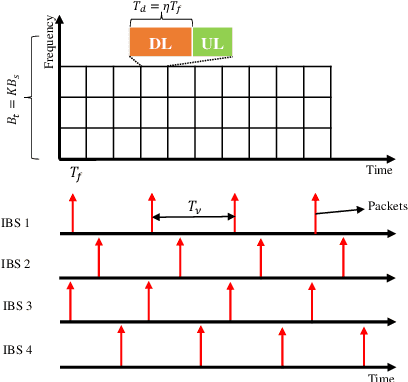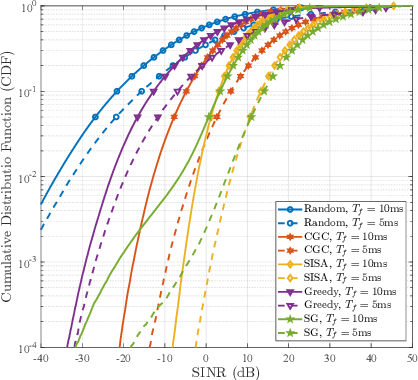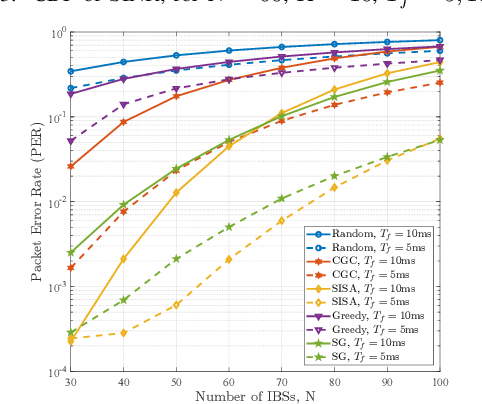Ramoni O. Adeogun
On Transfer Learning for a Fully Convolutional Deep Neural SIMO Receiver
Aug 29, 2024Abstract:Deep learning has been used to tackle problems in wireless communication including signal detection, channel estimation, traffic prediction, and demapping. Achieving reasonable results with deep learning typically requires large datasets which may be difficult to obtain for every scenario/configuration in wireless communication. Transfer learning (TL) solves this problem by leveraging knowledge and experience gained from one scenario or configuration to adapt a system to a different scenario using smaller dataset. TL has been studied for various stand-alone parts of the radio receiver where individual receiver components, for example, the channel estimator are replaced by a neural network. There has however been no work on TL for receivers where the entire receiver chain is replaced by a neural network. This paper fills this gap by studying the performance of fine-tuning based transfer learning techniques for various configuration mismatch cases using a deep neural single-input-multiple-output(SIMO) receiver. Simulation results show that overall, partial fine-tuning better closes the performance gap between zero target dataset and sufficient target dataset.
Comparative Analysis of Sub-band Allocation Algorithms in In-body Sub-networks Supporting XR Applications
Mar 18, 2024



Abstract:In-body subnetworks (IBS) are envisioned to support reliable wireless connectivity for emerging applications including extended reality (XR) in the human body. As the deployment of in-body sub-networks is uncontrollable by nature, the dynamic radio resource allocation scheme in place becomes of the uttermost importance for the performance of the in-body sub-networks. This paper provides a comparative study on the performance of the state-of-the-art interference-aware sub-band allocation algorithms in in-body sub-networks supporting the XR applications. The study identified suitable models for characterizing in-body sub-networks which are used in a snapshot-based simulation framework to perform a comprehensive evaluation of the performance of state-of-art sub-band allocation algorithms, including greedy selection, sequential greedy selection (SG), centralized graph coloring (CGC), and sequential iterative sub-band allocation (SISA). The study shows that for XR requirements, the SISA and SG algorithms can support IBS densities up to 75% higher than CGC.
 Add to Chrome
Add to Chrome Add to Firefox
Add to Firefox Add to Edge
Add to Edge